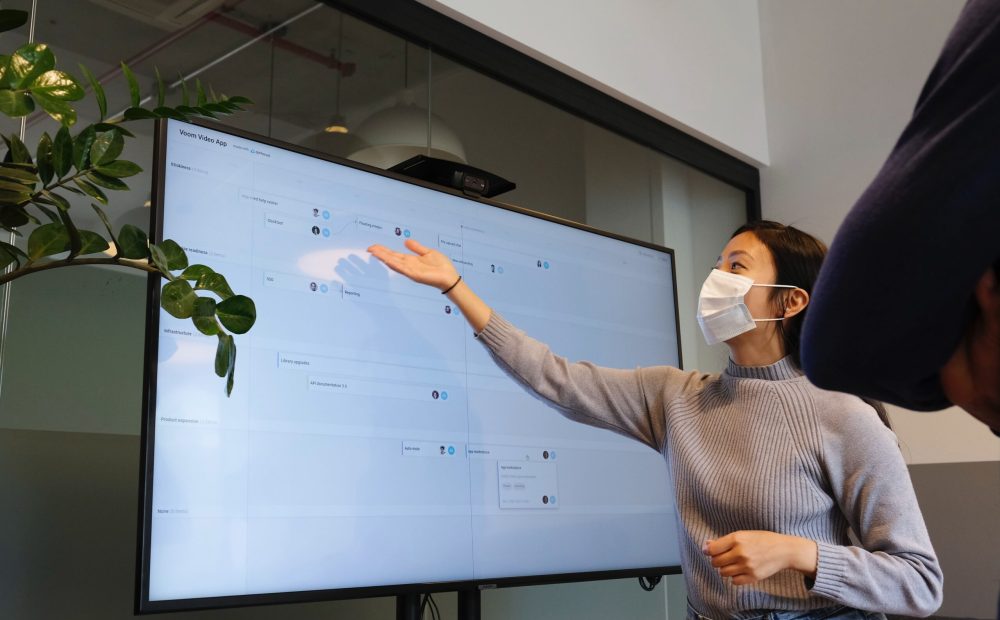
Anyone who has been working in education over the past few decades will have witnessed a seismic shift in how technology is used to deliver, manage, plan, and innovate every aspect of schooling across all ages and stages.
But while education technology (edtech) is at the forefront of global learning and teaching, outdated hardware and software could be driving teachers out of the industry for good.
Dated technology has been touted as at least one of the reasons we are seeing droves of teachers resign their jobs, and has many asking if the solution to not only keeping talented teachers in classrooms but attracting new educators is a significant improvement in the technology available.
Why are Teachers Leaving Education?
Coined as the ‘great resignation’ one of the global bi-products of the COVID-19 pandemic has been a notable shift in people’s attitude to work/life balance. Remote and hybrid work, more flexibility, and a glimpse of what is truly important when faced with a health crisis have all contributed.
The economic trend that saw people resigning at higher than usual rates began more than a year ago and shows no sign of stopping. In teaching the trend has been alarming globally:
In Australia a Monash University survey suggested that 60% of teachers were planning to resign.
In the US a National Education Association survey showed 55% of educators were leaving the profession earlier than originally planned.
The UK’s National Education Union revealed data earlier this year indicating almost half of the teachers planned to resign within the next five years.
So, what changed? One report suggests that since the pandemic, when educators had the herculean task of implementing remote learning at a speed and on a scale that would have been unthinkable pre-2020, educators have higher expectations of tech than ever before, and are not willing to work in an environment that does not support their technology needs.
It, therefore, follows that if provided with the right edtech, teachers may be more likely to continue their commitment to the industry.
Why is EdTech so Important to Teachers?
If outdated technology is at least partly to blame for driving educators away from schools, it has to be for good reason. The reality is that without the right kinds of edtech teachers aren’t able to deliver the education their students need. Nor can they communicate with colleagues, plan creative curriculums, or have an ongoing strategy for best practice systems and operations.
Further to education itself is employee satisfaction, which lessens when the best tools aren’t provided with which to do a demanding job. Some of key attractions of high-tech edtech for teachers include:
While schools and districts need to take responsibility for providing teachers with the technology they need to do what the job demands, it’s also important to involve teachers in the decision making.
By having honest, open discussions about what type of tech is needed, and by encouraging ongoing communication between teachers and management, schools won’t only retain superior teaching talent, but also improve educational outcomes at every level.
